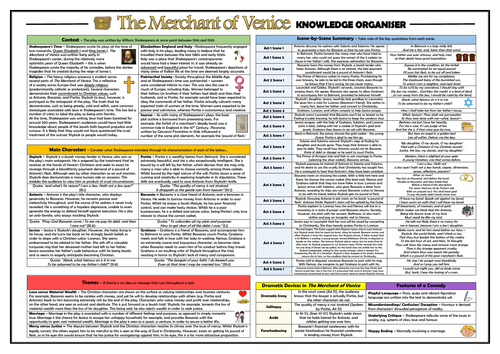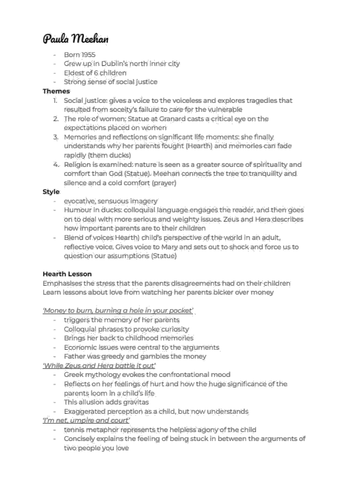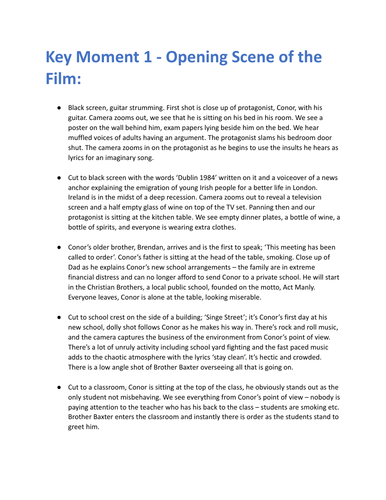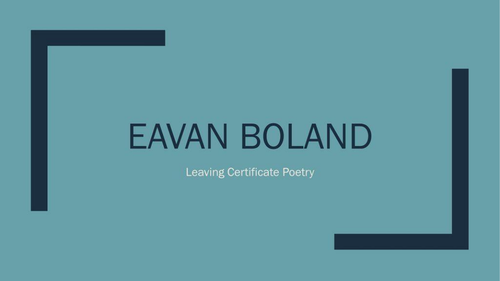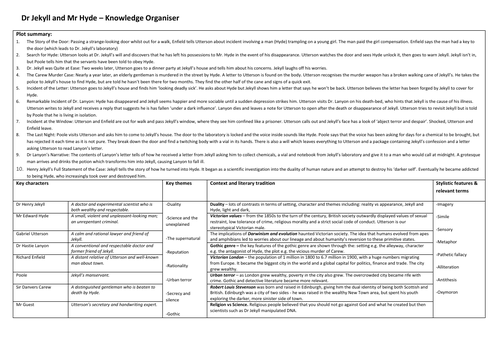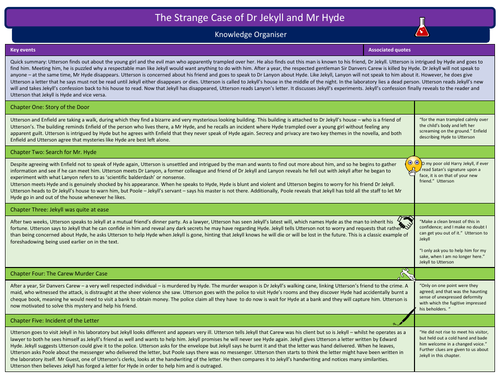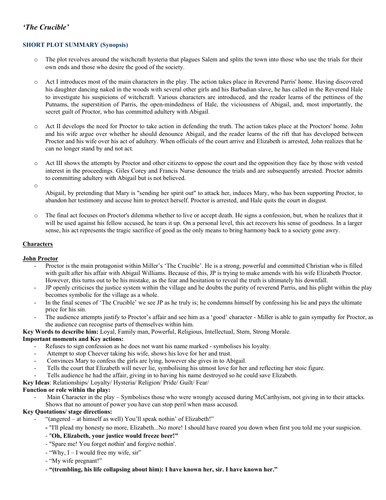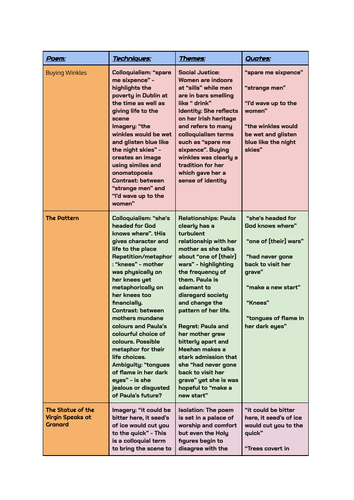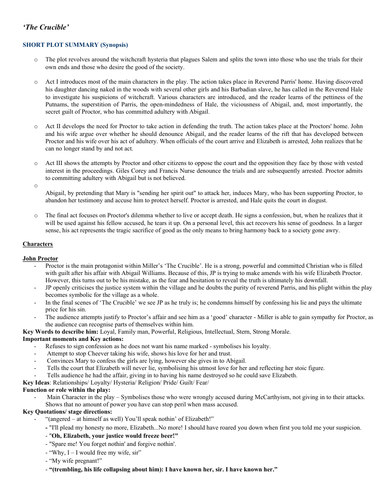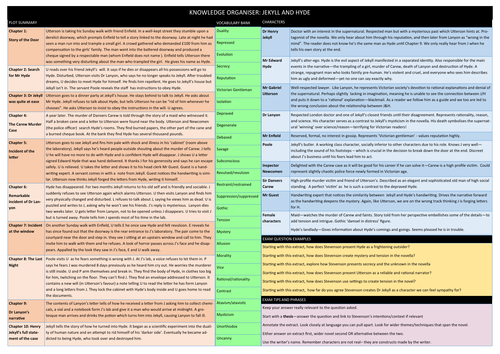
426Uploads
101k+Views
7k+Downloads
English

Writing Map
Serves as a comprehensive guide for analyzing and writing about literature
Addresses questions related to characters, themes, and text exploration
Encompasses various elements:
Inference Phrases
Discourse Markers
Point Sentence Starters
Detailed breakdown of Language and Structural Techniques
Encourages identification and analysis of powerful words and phrases
Explores their effects, associated techniques, and impact on readers and author’s intentions
Provides a comprehensive list of language and structural techniques:
Adverbs
Imagery
Repetition
Parallel structure
And more
Facilitates a thorough examination of literary elements
Functions as a helpful tool for students or writers
Aids in organizing thoughts and responses when engaging with and writing about literature.

Paula Meehan Notes
“Them Ducks Died for Ireland”
Sonnet - Reflection on 1916
“The Statue of the Virgin at Granard Speaks”
“Buying Winkles”
“The Pattern”
“Hearth Lesson”

Sing Street Key Moments Notes
Key Moment 1: Opening Scene
Key Moment 2: Starting the Band
Key Moment 3: Conor and Raphina
Key Moment 4: Brother Baxter Attacks
Key Moment 5: Parents’ Split
Key Moment 6: Brendan’s Breakdown
Key Moment 7: Drive It Like You Stole It
Key Moment 8: The Dance
Key Moment 9: Ending Scene

Sing Street Booklet
Sing Street Booklet
Introduction to Film Techniques/Vocabulary
Camera Shots and Angles
Details of the Film
Character List
Setting
Plot Summary
Music in the Film
Review of the Film
Key Moment 1: Opening Scene
Key Moment 2: Starting the Band
Key Moment 3: Conor and Raphina
Key Moment 4: Brother Baxter Attacks
Key Moment 5: Parents’ Split
Key Moment 6: Brendan’s Breakdown
Key Moment 7: Drive It Like You Stole It
Key Moment 8: The Dance
Key Moment 9: Ending Scene

Paula Meehan Quick Notes
coloured grid for poems
Buying Winkles
THe Pattern
The Statue of the
Virgin Speaks at
Granard
Hearth Lesson

Narrative Writing Worksheet: Understanding Characters and Relationships Sally Rooney Normal People
Narrative Writing Worksheet: Understanding Characters and Relationships Sally Rooney Normal People

King Lear Act 1 Revision sheet
Product Description: King Lear Act 1 Detailed Revision Worksheet (Leaving Cert)
This comprehensive revision worksheet is designed to help Leaving Cert students thoroughly review Act 1 of Shakespeare’s King Lear. It includes a variety of exercises and questions to ensure a deep understanding of the play’s key events, characters, themes, and language.
Key features include:
Plot Summary Questions: Focused on the critical events of Act 1, each scene is broken down with targeted questions.
Character Analysis: Detailed questions to explore the motivations, flaws, and relationships of central characters such as Lear, Cordelia, Edmund, and the Fool.
Themes Exploration: In-depth questions on key themes, such as authority, loyalty, betrayal, and nature.
Close Passage Analysis: Students are prompted to analyze pivotal quotes and passages, revealing Shakespeare’s use of language and its thematic significance.
PEE Chain Writing Practice: Structured prompts guide students to write clear and evidence-based analytical paragraphs.
Key Quotes Identification: Matching exercises to help students identify and explain important quotes.
Multiple-Choice Questions: A quiz-style section that tests comprehension of key details in Act 1.
Ideal for in-class use or as homework, this worksheet equips students with the skills to analyze King Lear in preparation for their Leav

Elizabeth Bishop Essay Planner
The Elizabeth Bishop guide is a short guide designed to help Leaving Certificate English students understand and analyze Elizabeth Bishop’s poetry. The document provides detailed explanations, strategies for writing poetry essays, and key insights into Bishop’s themes and stylistic techniques.
Key Features of the Document:
Introduction to Elizabeth Bishop’s Poetry:
The document begins by introducing Elizabeth Bishop as a poet whose work often delves into themes of personal experience, nature, survival, and identity. It emphasizes her distinctive style, marked by detailed observation and emotional restraint.
Understanding the Leaving Certificate Poetry Essay:
Students are guided on how to approach a poetry essay, focusing on the themes and stylistic features that are commonly examined in Bishop’s work. It outlines the importance of identifying key words in the question and how to structure a response around them.
Past Exam Questions:
The document includes a section with past exam questions related to Bishop’s poetry (e.g., from 2009 and 2013). These questions focus on analyzing the themes and language used by Bishop, providing students with real-world examples of what to expect in their exams.
Sample Essay Structure:
A step-by-step breakdown of how to write a poetry essay is provided. This includes guidance on:
Crafting a strong introduction that mentions the poet and key themes.
Writing body paragraphs that analyze individual poems, with a focus on techniques like imagery, simile, and metaphor.
Ending with a thoughtful conclusion that summarizes the main points and offers a personal reflection.
Sample Essay Paragraph:
The document includes a sample paragraph based on a past exam question. It demonstrates how to analyze a specific poem (e.g., The Fish) and link it to the themes of survival and resilience using vivid imagery and personal reflection.
Key Techniques in Bishop’s Poetry:
A list of important literary techniques used by Bishop, such as:
Imagery: Her ability to paint vivid pictures through descriptive language.
Symbolism: How objects or creatures in her poems symbolize larger human experiences.
Tone: The mood or attitude conveyed in her poems.
Personification: Attributing human qualities to non-human objects, often creating empathy for the subjects of her poems.
Practice Questions and Scaffolding:
The document provides students with a practice essay question and a clear scaffold for structuring their responses. The scaffold helps students break down their analysis and use quotes effectively in their essays.

King Lear Act 1 Visual Revision Notes
This document is a visually engaging revision guide for King Lear Act 1, designed for Leaving Certificate students. It includes:
Key Plot Points from each scene, using emojis to highlight important events.
Character Analysis with key quotes for Lear, Goneril, Cordelia, Kent, and the Fool.
Themes of Authority, Kingship, Loyalty, and Betrayal, with colored headings and organized content for easy reference.

King Lear Act 1 Test
he King Lear Act 1 Test is a comprehensive assessment designed for 6th Year Leaving Certificate English students. The test evaluates students’ understanding of the main events, themes, characters, and literary techniques in Act 1 of King Lear.
Test Breakdown:
Part 1: Multiple Choice Questions (10 marks)
This section consists of 10 multiple-choice questions. Each question focuses on key moments, character actions, or significant quotes from Act 1. Students are required to select the correct answer from four choices.
Topics covered include:
Lear’s decision to divide his kingdom.
The roles of characters like Cordelia, Kent, and the Fool.
Key quotes and Lear’s emotional state by the end of Act 1.
Part 2: Fill-in-the-Gaps (11 marks)
This section requires students to complete missing words from important quotes in Act 1. A word bank is provided to assist students in filling in the blanks.
Example quotes include:
Lear: “How sharper than a __________’s tooth it is to have a __________ child!”
Fool: “Thou hadst little __________ in thy bald crown when thou gavest thy __________ one away.”
Part 3: Who Said It? (5 marks)
In this section, students match famous quotes from Act 1 to the correct character. Each quote is listed with four possible speakers, and students must identify who said it.
Key quotes include lines from Lear, Cordelia, Kent, and the Fool.
Part 4: Short Answer Questions (10 marks)
This section includes 10 short answer questions, requiring students to respond in 1–2 sentences. The questions focus on character actions, motivations, and significant plot points.
Example questions include:
How does Edmund manipulate his father Gloucester in Act 1?
What advice does the Fool give to Lear in Scene 4?
Part 5: Character Analysis (20 marks)
This section is the most detailed part of the test, asking students to choose one of three essay-style questions to answer. The focus is on analyzing key characters (Lear, the Fool, Goneril, and Regan) and how they are developed in Act 1. Students are expected to refer to key quotes and techniques used by Shakespeare.
Example essay questions include:
Analyze King Lear’s actions in Act 1. How do his decisions to divide the kingdom and test his daughters reflect his personality flaws?
Discuss the role of the Fool in Act 1. How does he use humor and criticism to help Lear understand his mistakes?

King Lear Worksheet
Unlock your students’ understanding of Shakespeare’s King Lear with this detailed and structured worksheet focused on Act 1 Scene 1. This resource is perfect for helping students engage deeply with the text, encouraging close reading and textual analysis.
Key Features:
Guided Questions with Embedded Quotes:
Students are prompted to answer key questions about the scene, with a selection of quotes provided to support their responses. This helps them practice using evidence from the text to back up their analysis, following the PEE (Point, Evidence, Explanation) structure.
Character Analysis:
Explore the motivations and emotions of key characters like Gloucester and King Lear. Students are encouraged to analyze Gloucester’s complex feelings toward his son Edmund and Lear’s reasons for dividing his kingdom.
Matching Exercise - Daughters’ Responses:
A creative and interactive task where students match each of Lear’s daughters (Goneril, Regan, and Cordelia) to the correct adjective that describes their nature, and then connect this to a corresponding quote from the text. This exercise aids in developing critical thinking and comprehension skills.


